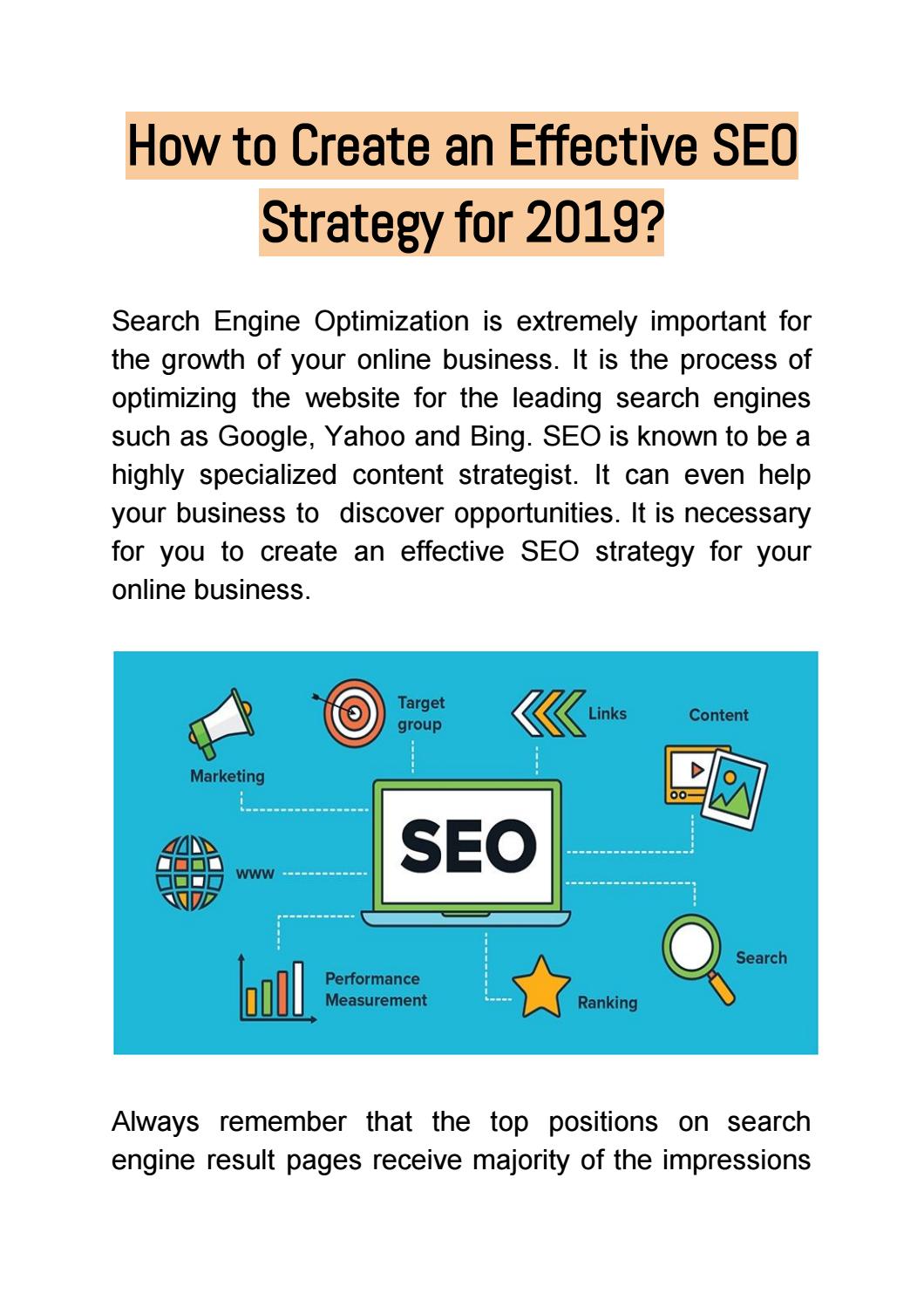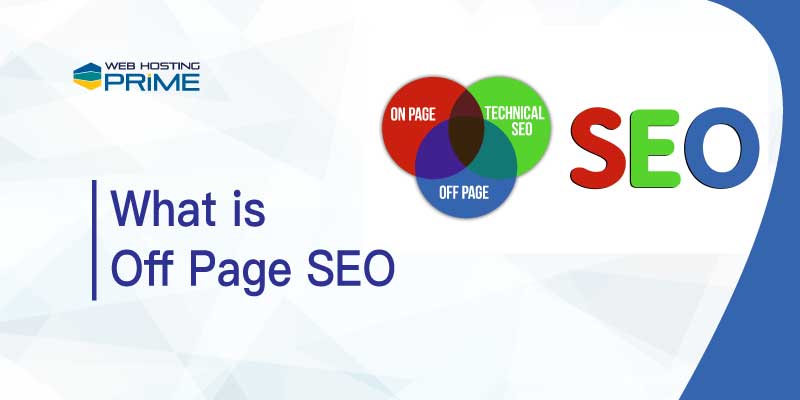
This article will help you to create SEO content. This article will show you how to structure your article, research keywords and include secondary keywords. Do not forget to include transition words. After you have written your content, optimize it for search engines. Read on for some great tips! These are some of our top tips to make your article more search-engine friendly.
Your content should be outlined
Outlining your SEO content is an effective strategy to ensure your article is search engine-friendly. There are many ways to structure your outline. The C.R.A.A.A.P. method is the best. This is a great way to get started. Here are some examples on how to structure an outline.
An outline can help you identify thin sections and decide whether a section is necessary. An outline can help you decide whether you want to combine two or more topics or nest certain sections. Because keyword placement is not the only factor to consider, it can help you identify your target audience. A well-constructed outline will have all the elements necessary for writing a quality blog post. Here are some advantages of outlining your SEO content.
Write a brief outline of the content that you would like to create. Include your primary keyword along with a list if related terms. Also, consider your target audience, word count, and audience. Include your core questions, call to actions, suggested meta description, and title tags. Do not forget to outline your subheadings. A content outline is a way to ensure cohesion within your content and make use of the time you have available for writing.
It is important to have a purpose in your blog post. Avoid using cliches or cliches. Your blog post must be relevant and engaging for your audience. Your target audience should be included in your introduction. This will make your audience more interested in the content. This will make your content easier to read. Make sure you outline your SEO content before you begin to write. This will help you to write better blog articles.
Your keywords should be researched
There are several steps that you can follow to research your keywords. First, you need to know which keywords are most relevant. You might feel your articles are irrelevant to your topic. But if Google Trends is used or AdWords is used, you can easily identify the most popular keywords within your niche. Once you've identified the most popular keywords, start thinking about how to fit your content to your keyword strategy.

Keyword research isn't about tricking Google. But it is about understanding what your audience wants. Understanding how your audience searches will help you create content they will love to read. If you search for "Thailand tourism guide", it might be a blog about Thailand, or a guide to traveling by humans. If your content addresses your audience's needs and wants, it will be relevant to the search and will result in high rankings.
After you have identified the keywords that you wish to target, it is time to do some research. Google them to find out what results you get. Compare your competitor websites and determine which one is more effective for your target audience. You should also consider the user intention. Does the keyword indicate that users want a Thailand guidebook? It would be more effective to write about a specific place if this is the case.
Also, you should check the monthly search volume for your targeted keywords. Analyze the MSV for your target keywords to see how often they appear on the SERP. Using this information, you can target more keywords for your SEO content. Once you've created a list, you can start writing articles or blog posts about each keyword. Also, you should review your content to ensure that there is no keyword cannibalization.
Use secondary keywords
Secondary keywords are smart for many reasons. It helps improve the quality of your content and appeals to readers. Second, it helps you avoid writing articles focused solely on your primary keyword, which is unlikely to match the reader's intentions. Secondary keywords will help you match your audience's needs better and make your article more natural.
Using the right keywords in your content is important for your SEO efforts. It will allow your readers to easily navigate your articles and increase their chances being found in search engines. Your primary keywords should be used in the title of your article, the metatag description and the first paragraph. They should have a density between three and five percent. Secondary keywords can also be included in your content in one or two instances. This is a great method to increase the visibility of your content on search engines.
If used correctly, secondary keywords can help you rank higher in SEO. Make sure your secondary keywords fulfill the intent of the primary keyword. These secondary keywords can be used for additional content ideas like an article on a chocolate cake recipe. Review the list before starting to write a section. This is the best way to include secondary keywords. Avoid repetitive writing by using synonyms whenever possible. Refresh your content with LSI keywords.
Google's automatic completion feature allows you to include secondary keywords within your SEO content. This feature allows users see what others are searching for and then drops the search down to a list of possible keywords. These phrases are not random but are real searches people are making online. Your website can be found more easily by using secondary keywords. The Google Keyword Planner can help you learn more about secondary keyword and to improve your content.
Include transition words
Transition words can help you stand out from your competitors by giving your SEO content an edge. They do not impact your SERPs ranking but they can make your posts more readable and better understand context. One example is that a transition word can be used to indicate a cause or effect. This guide will teach you how to use transition word effectively. These tips will help you improve your SEO content.

Transition words signal relationships between paragraphs. These words can make it difficult for readers to see the connections between paragraphs. However if your content uses transition words, it will be clearer, more engaging, as well as more informative. No matter whether you use them for SEO or not they are important for creating clear, well-structured content. You'll get better SEO if you use them sparingly.
Transition words can alert your readers to any significant changes in the content. You can think of them as a signpost on a long, winding road. After all, readers are likely to skim and scan your content, so transition words help them stay on track. Although they are not the best words for all content types, these words will make your readers' experience with SEO content more enjoyable and more effective. If you are a newbie, consider reading other content to gain insight into how transition words work.
Yoast SEO, WordPress and other platforms have tools that can ensure your content contains transition words. These tools can analyze your content and identify when it needs them. Optimize your SEO with three types transition words. Yoast SEO makes your content more readable by using three types of transition words. Yoast searches for two-part transition words:
Optimize your content for speed
There are many ways to optimize SEO content for speed. Focusing on just one can help increase site traffic. Follow these guidelines to get an edge on your competitors. To make your content more search engine-friendly, you can use keywords phrases and meta tags. You can increase your page's ranking in search engines by using these strategies.
Use images. Image descriptions are crucial in search engine optimization as they aid the reader in finding your content. However, not every image can be indexed. To describe images, it is important to use the alt attribute in HTML. It should be descriptive and provide context to search engines. HubSpot's SEO Panel can recognize optimized images. It also helps improve user experience. You can also add relevant links to the content you've optimized.
FAQ
What is Onpage SEO?
On-page SEO is the process of improving your website's ranking in search engines. Things such as site architecture, page titles, meta tags, and image alt text are all part of on-page SEO. Off-page optimization refers to any activities outside of your website that can improve its ranking. These include social media shares, press release, backlinks, and other activities that can improve your website's ranking.
SEO is still relevant: Does link building still matter?
Link building will always be essential. However, how you approach this today is quite different to how it was done 10 years ago. Today's biggest challenge for businesses is how to find customers and sell. Search engine optimization helps with this.
Today, social media is essential for businesses. However, content marketing strategies and other tools are equally important. Google penalizes websites that have too many links back to them. It makes link building less efficient than it used to be. This is because linking to multiple sites can lead to Google penalizing you.
These factors all mean that link building is no longer as important for ranking your website.
How long does it take for SEO to generate traffic?
Traffic generation through SEO usually takes 3-4 months. However, there are many variables that can affect the time it takes to generate traffic through SEO.
-
Your site's content quality
-
Backlinks
-
Targeted keywords
-
Competitor rankings etc.
SEMrush is a great tool for beginners who want to quickly generate results. This powerful platform will allow you to monitor every aspect of your SEO campaign.
How much will it cost me to rank high in the search results?
Search engine optimization costs vary depending on what type of project you're working on. While some projects will only require changes to your website's existing content, others will require you to redesign everything. You will also be charged monthly fees for keyword research and maintenance.
Statistics
- 93%of online experiences today begin on search engines. (marketinginsidergroup.com)
- : You might have read about the time that I used The Content Relaunch to boost my organic traffic by 260.7%: (backlinko.com)
- Sean isn't alone… Blogger James Pearson recently axed hundreds of blog posts from his site… and his organic traffic increased by 30%: (backlinko.com)
- Which led to a 70.43% boost in search engine traffic compared to the old version of the post: (backlinko.com)
- A 62.60% organic traffic boost to that page: (backlinko.com)
External Links
How To
How important are off-page SEOs?
Your site should be optimized for search engines like Google and Yahoo!
While optimizing your website for on-site SEO is crucial, there are many other things to take into consideration when optimizing your website. These include, but aren't limited to:
-
How does your site look (does it load quickly?)
-
Quality and quantity of content
-
Social media presence
-
Redirects to your site via links
There are lots of factors you need to take into consideration when you optimize your website. These things will make a huge difference in your website's traffic and ranking.
What is a Link-Building Strategy? How does it work? What are the pros & cons?
This is a guide on how to create links for your website and brand.
-
1. Why do I need link-building strategies? Research has shown that link building is one of the best ways to increase traffic to your website and improve page rankings. Most businesses don’t realize this until they create a plan to increase their rankings and build links. If you want to know why, then continue reading!
-
What is a "link building strategy" and how can it be beneficial for my business?
An link building strategy is essentially the creation of links from sites or directories other than your own. In essence, it is a process of finding relevant websites, contacting the owners and asking them to add a link back to your website. There are two types: outreach and content marketing. Outreach is done by hand while software automates the process. Both strategies require planning and time investment. They can yield great results over time. Let's look at each method in greater detail.
-
What are some of the pros to a link building plan?
The main benefit of having a great link building strategy, is that you can get more exposure to people who already trust you. This will save you time and effort in convincing others that your company is worthy of linking. This will save you time and effort.
-
Do you see any downsides to a link building strategy?
The main disadvantage of a link building strategy is that you must make sure that you have enough authority before trying to pitch yourself . Potential partners must see that you are valuable. You should find out first if potential partners are open to partnering with your company before you start pitching them.
-
What are the best ways to choose a link-building strategy? What is better: outreach or content? This will depend on the type and nature of relationships you are looking to establish with different companies. You might want to use outreach to your B2B clients, as it allows you to meet new customers and builds trust. If you're looking to partner with large retailers, content marketing can be used to generate leads and promote your sales.
-
What should you look out for when choosing a strategy to build links? Are there any other things I should consider?
Here are some considerations when selecting a link building strategy.
Who are you targeting. The type of site where you are going to pitch varies greatly depending on your niche.
Sell products online? You might focus your efforts on getting links to blogs about fashion, beauty or food. If you're selling services, you could target local directories such Citysearch, Yelp, and so on.
What are your goals? A strategy that targets high quality backlinks is essential if you are looking to improve your SEO rankings. You will only be spreading low-quality links around.
What budget do you have? Many people believe they can do both outreach and content marketing at the same time, but it is not true.
You only have one skill at a time. For example, it is impossible to write and publish blog posts all day.
-
Where do I begin my link building strategy.
You must decide how much time and money you will invest into a link-building campaign. Start small and see how far you can go. Once you figure out which link building strategy works best for your business, you can scale up your efforts.